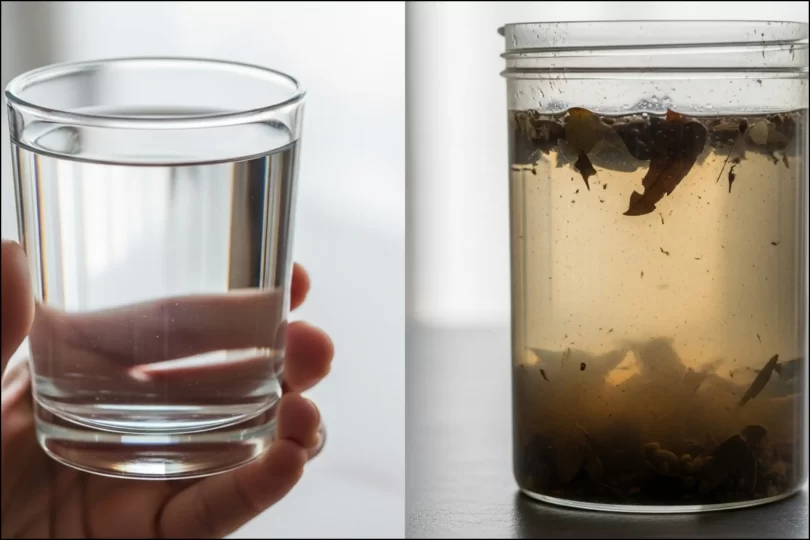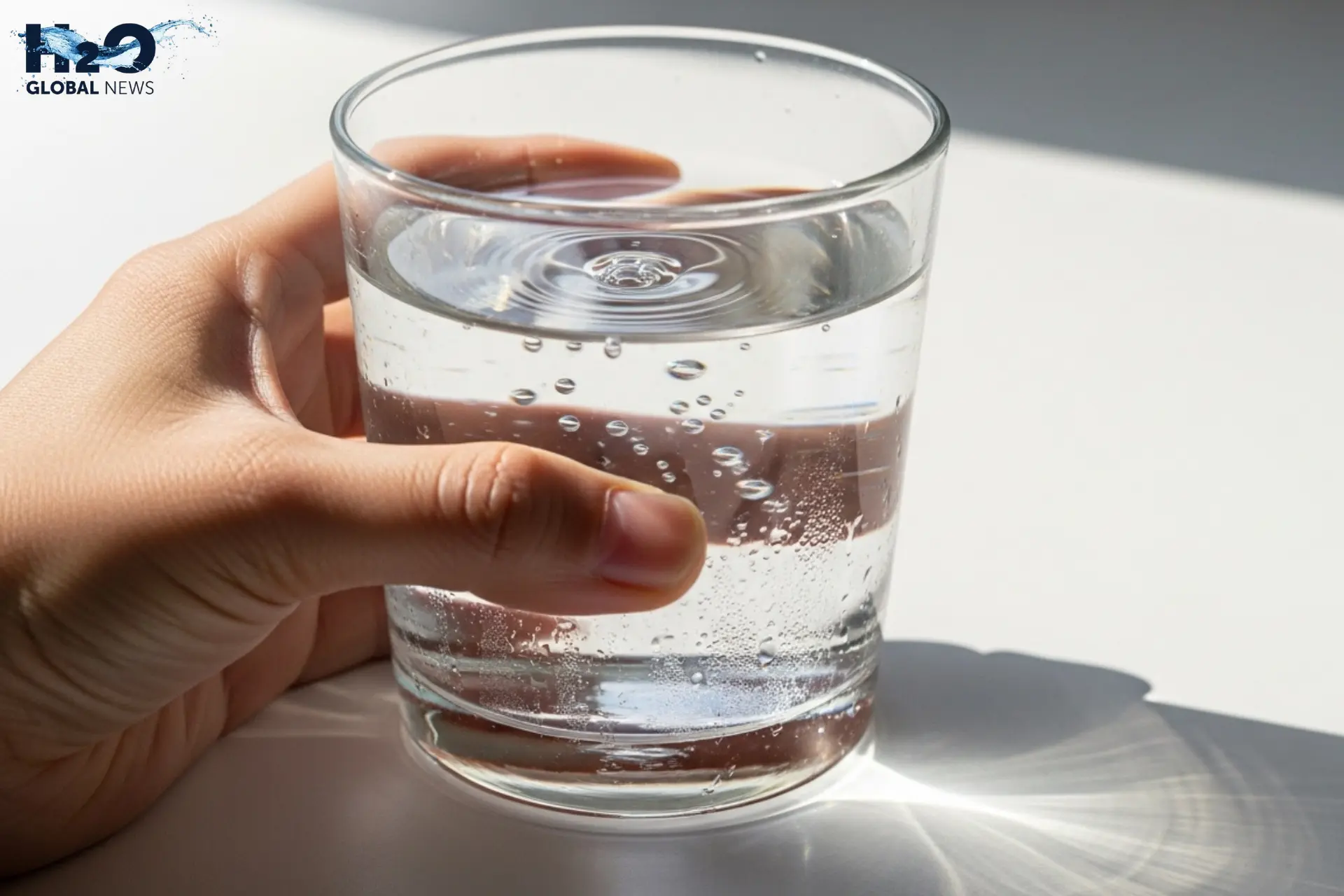Water is essential for life, but not all water is suitable for drinking. Understanding what is potable and nonpotable water is crucial for health, safety, and effective resource management. This article delves into what is potable and non-potable water, their sources, uses, and the importance of proper water treatment.
What Is Potable Water?
Potable water, also known as drinking water, is water that is safe for human consumption. It meets stringent health and safety standards set by authorities like the U.S. Environmental Protection Agency (EPA) and the Centers for Disease Control and Prevention (CDC). This water is free from harmful contaminants and pathogens.
Sources:
- Municipal Water Systems: Most U.S. households receive water potable water through municipal systems that treat and disinfect water from rivers, lakes, or underground aquifers.
- Private Wells: In rural areas, private wells can provide potable water, provided they are properly maintained and tested regularly.
- Bottled Water: Commercially available bottled water is also considered potable water, though it is subject to different regulations than tap water. You can read more about the differences between tap water and bottled water in our detailed guide
Uses:
Potable water is safe to drink and is used in many daily activities that require clean water. Common uses include:
- Drinking: The primary use of potable water for staying healthy and hydrated.
Cooking: Preparing meals safely without the risk of contamination. - Personal Hygiene: Washing hands, bathing, and brushing teeth.
Cleaning: Using for household cleaning tasks like washing dishes and clothes. - Medical and Healthcare: Used in hospitals and clinics for patient care, sterilization, and other medical purposes.
Treatment Methods:
Potable and non potable water are treated differently based on intended use. For potable water, common treatment methods include:
- Chlorination: Kills bacteria and viruses.
- UV Treatment: Uses ultraviolet light to disinfect.
- Reverse Osmosis: Eliminates dissolved solids and contaminants.
What Is Non-Potable Water?
Non-potable water is water that is not safe for drinking or cooking. It may contain harmful microorganisms, chemicals, or pollutants that pose health risks if consumed.However, non potable water can be safely used for other purposes with appropriate treatment and precautions.
Sources:
- Untreated Surface Water: Water from rivers, lakes, and streams that hasn’t undergone treatment.
- Greywater: Wastewater from baths, sinks, and washing machines.
- Blackwater: Water from toilets, which contains human waste.
- Stormwater Runoff: Rainwater that collects pollutants from urban surfaces.
- Reclaimed Water: Treated wastewater that is safe for non-drinking uses.
Uses:
Potable non potable water distinctions are important for safe water use. Non-potable water is commonly used for:
- Irrigation: Watering lawns, gardens, and crops.
- Industrial Processes: Cooling systems, manufacturing processes.
- Toilet Flushing: Reduces demand on potable water supplies.
- Construction Activities: Dust control, concrete mixing
Treatment for Reuse:
When non-potable water is treated for specific uses, it undergoes processes such as:
- Sedimentation: Allows particles to settle.
- Filtration: Removes remaining solids.
- Disinfection: Kills pathogens to safe levels
Sources of Potable and Non-Potable Water
Water comes from various sources, but not all of it is safe to drink; understanding the sources of potable and non-potable water helps us use it wisely
Potable Water Sources:
- Municipal treated water
- Bottled water
- Protected groundwater
Non-Potable Water Sources:
- Untreated rainwater
- Greywater from homes
- Rivers, lakes, and surface water (untreated)
- Industrial or reclaimed wastewater
Importance of Proper Water Usage
Using the appropriate type of water for its intended purpose is vital for health and environmental sustainability. Consuming non-potable water can lead to serious health issues, including gastrointestinal diseases and infections. Therefore, it’s essential to ensure that only potable water is used for drinking and cooking.
On the other hand, utilizing non-potable water for non-drinking purposes helps conserve potable water resources, which are limited and increasingly strained due to factors like population growth and climate change.Understanding the proper use of potable and non potable water can significantly contribute to water conservation efforts.
Conclusion
Understanding the distinction between potable and non-potable water is fundamental for safeguarding public health and ensuring sustainable water use. By properly managing and utilizing these water sources, we can protect our communities and the environment.
FAQs
1. Can non-potable water be made safe for drinking?
Yes, non-potable water can be treated through processes like filtration, disinfection, and reverse osmosis to make it safe for human consumption.
2. Is bottled water always potable?
Yes, commercially bottled water is considered potable and safe to drink, though regulations may differ slightly from municipal water standards.
3 . Can I use greywater for watering my garden?
Yes, greywater from sinks, baths, or washing machines can be safely used for irrigation if it doesn’t contain harmful chemicals or contaminants.
4. Why is it important to use potable water for cooking?
Using potable water for cooking prevents the risk of waterborne diseases caused by bacteria, viruses, or harmful chemicals present in non-potable water.










